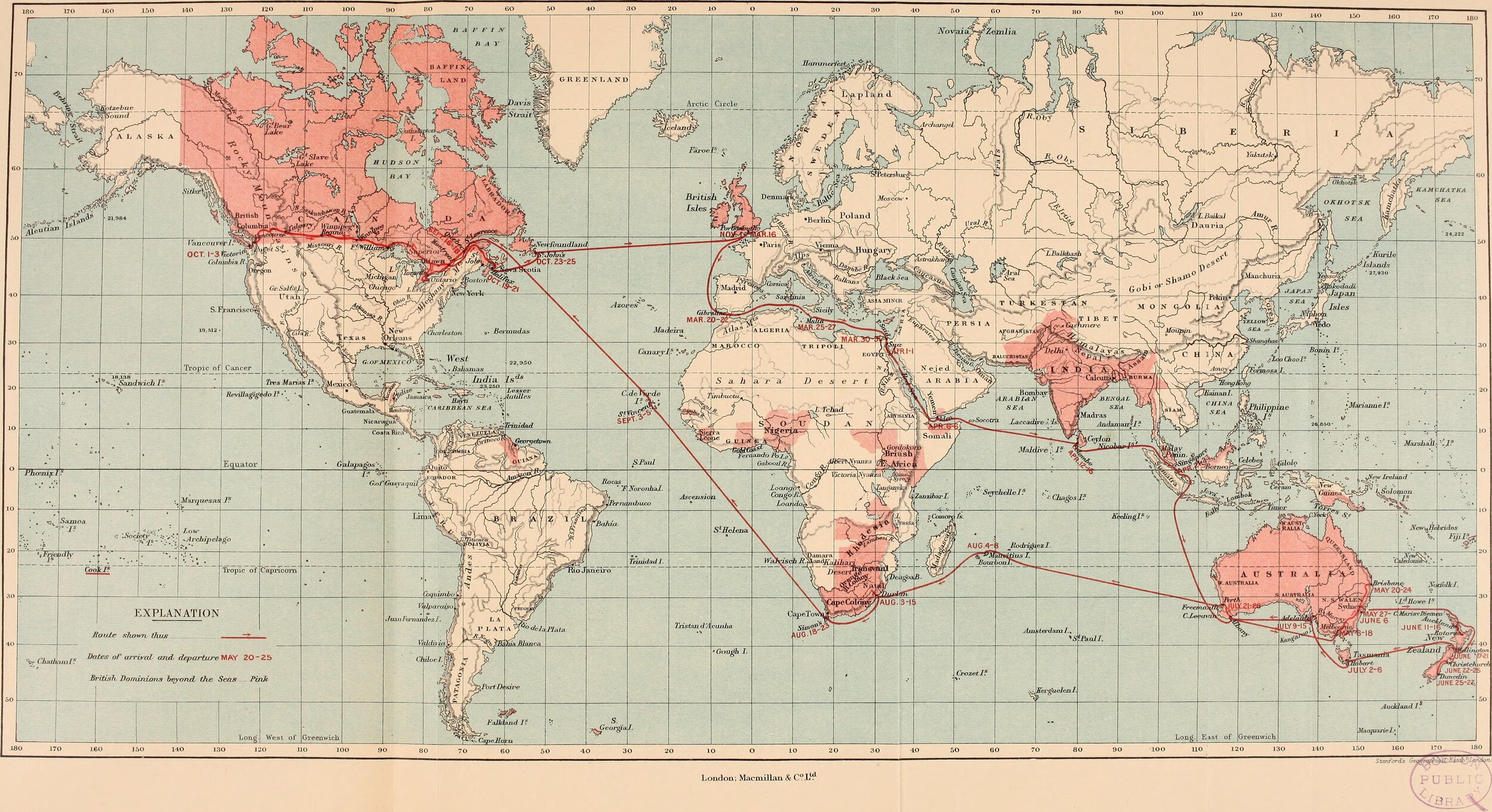
Part 5:
1945 to 2020: The Big Picture
#83 China’s Economic Growth After Mao: Part 1
The issue that has undermined western Chinese analysis is Mao. During Mao's period, China was a closed society, relatively speaking. Mao struggled with the central issue of the Communist Party: how to create an industrial revolution, without becoming dependent on western economies. The period of his rule was turbulent. Western assumptions that there was a lack of growth during Mao’s time have been shown to be false. In fact, between 1970 and 1979, China’s GDP growth rate was 6.8% per annum. That statistic implies a continuous growth rate every year in fact for 70 years. If we examine capital accumulation, i.e., the growth rates of productive capital stock, capital equipment, machinery, tools, industrial buildings, excluding residential buildings and the value of land, there was an annual growth rate of 10.3% from 1952 to 2015.
#82 China’s Economic Transformation and Mao Zedong
Mao knew about the English agricultural revolution in the 16th and 17th centuries, and he knew about the industrial revolution in the 18th century too. He was aware of the need to transform China.
Mao’s heritage has caused huge debate and disagreement, particularly across Western intelligentsia. Mao made serious mistakes at the end of his life. By the 1960s, he was in a hurry. He also wished to show the Soviet Union that China was independent of their advice.
Mao created the Hundred Flowers Campaign; the Great leap Forward; and the Peoples Commune. All these vast initiatives came under the rubric of the Cultural Revolution.

